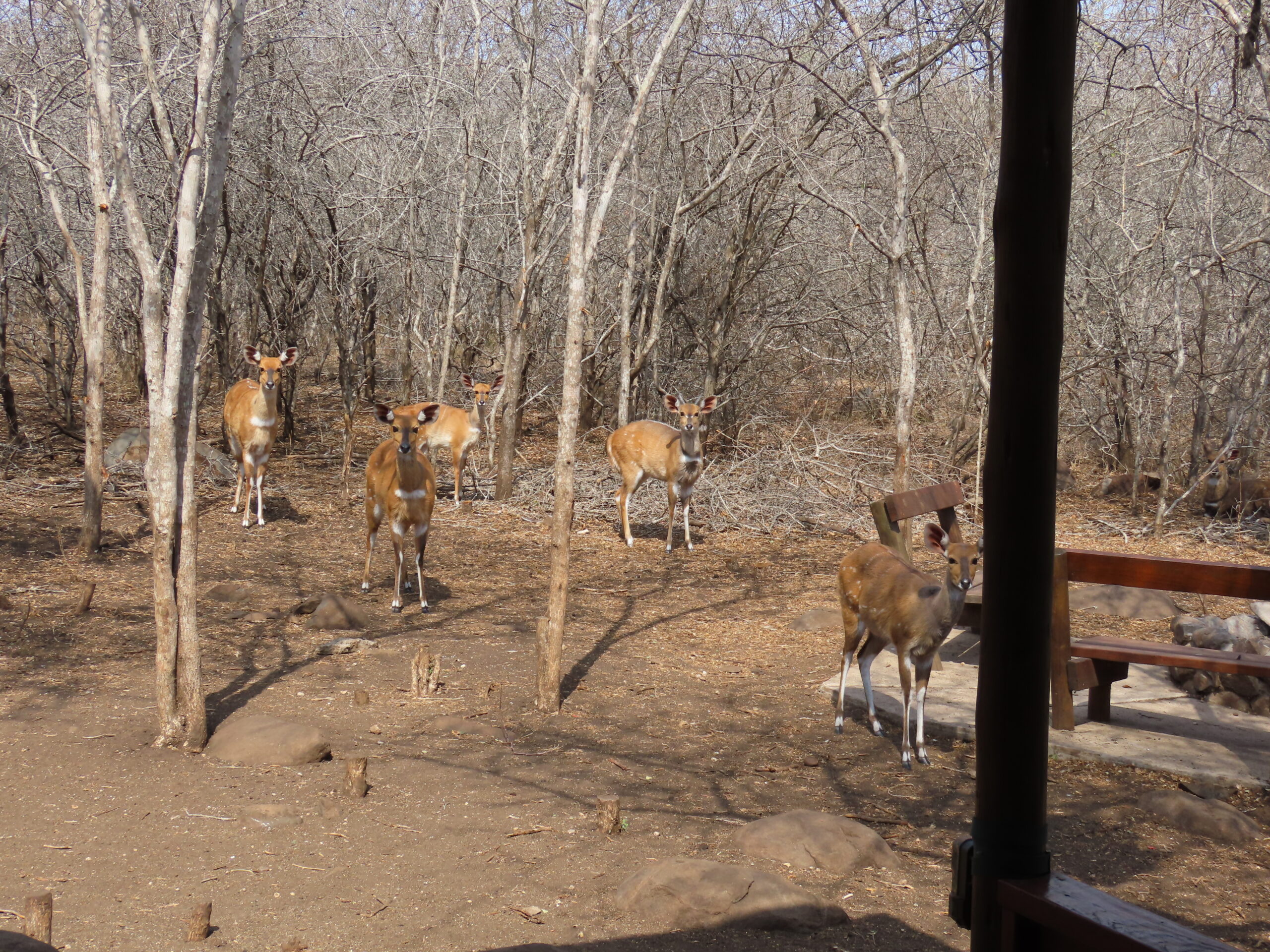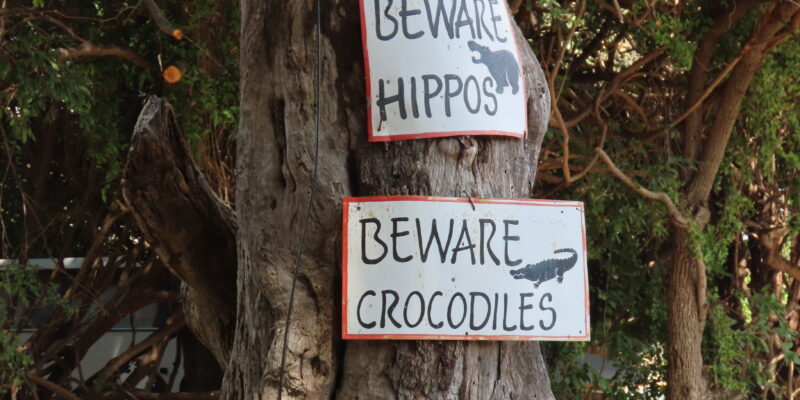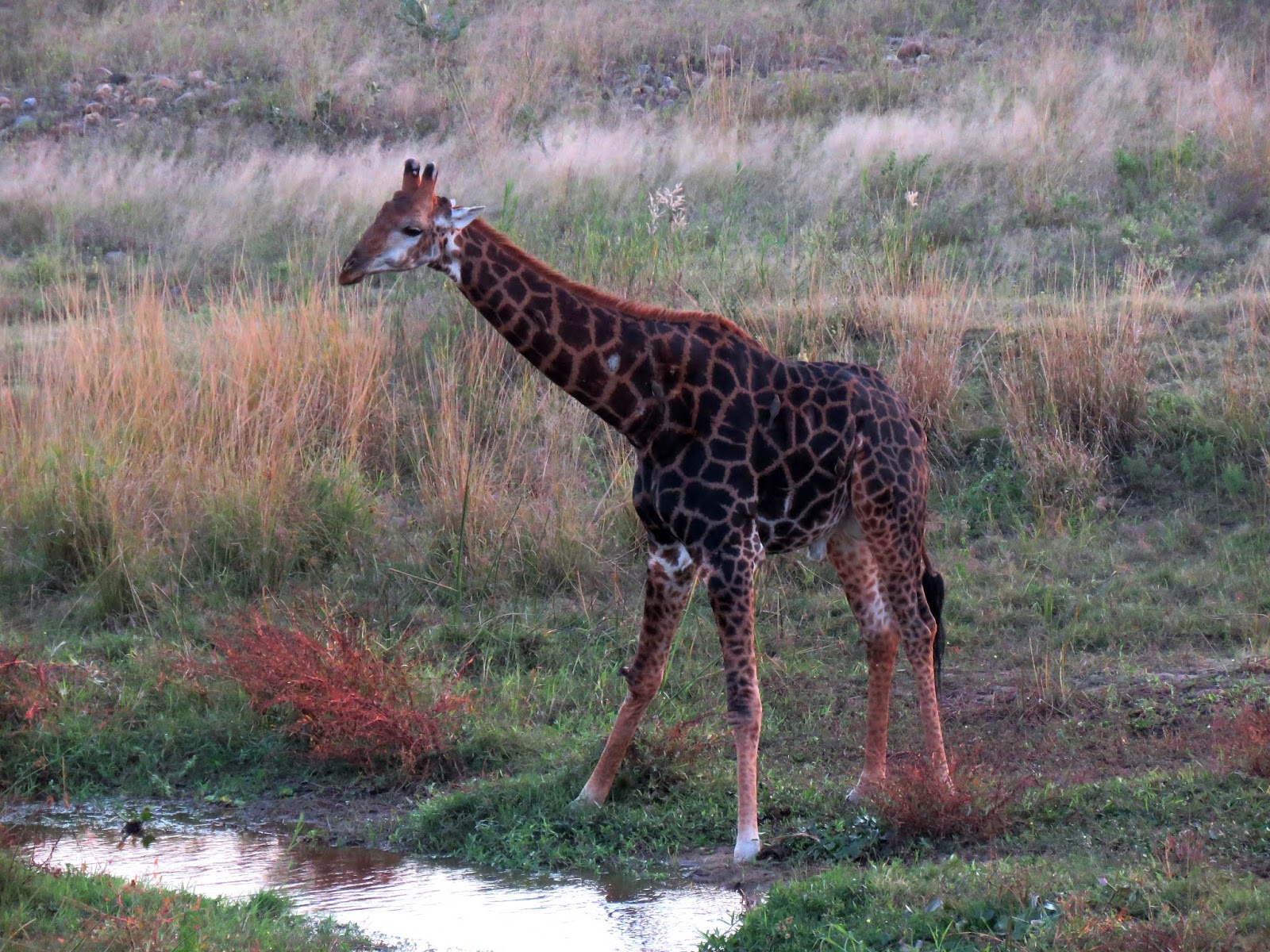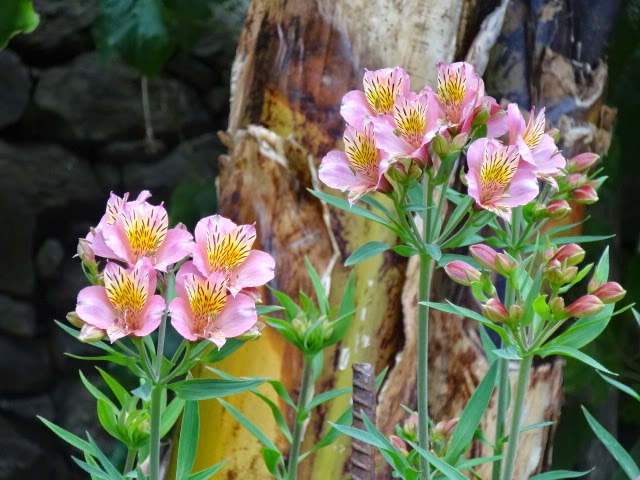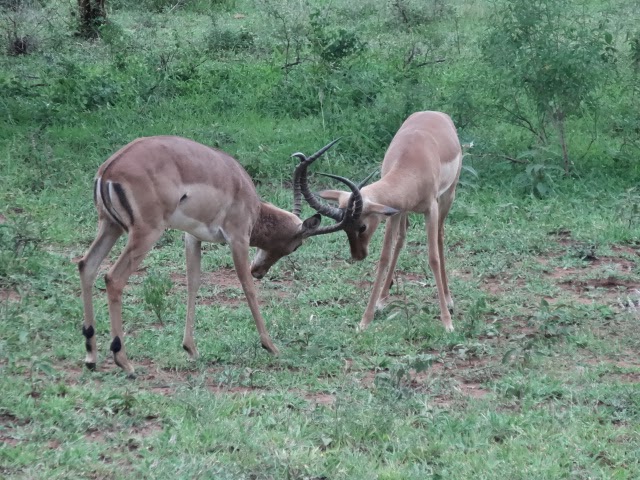
No words describe how good it feels to be back in Marloth Park. Don’t get me wrong…we had a great time on our trip, but the ongoing headache and facial pain made me want to return here. My appointment this morning with Doc Theo can’t come soon enough.

I am grateful I made it through all the activities in Botswana and Zambia. I made a point to avoid complaining and to take plenty of Paracetamol (Tylenol) and aspirin to get me through each day. There’s a popular headache remedy in South Africa called Grandpa Powders, and much to my surprise it helped for at least half of the day. Grandpa is a combination of Paracetamol and aspirin in a powder form. It doesn’t taste very good but works fast in the powdered form.
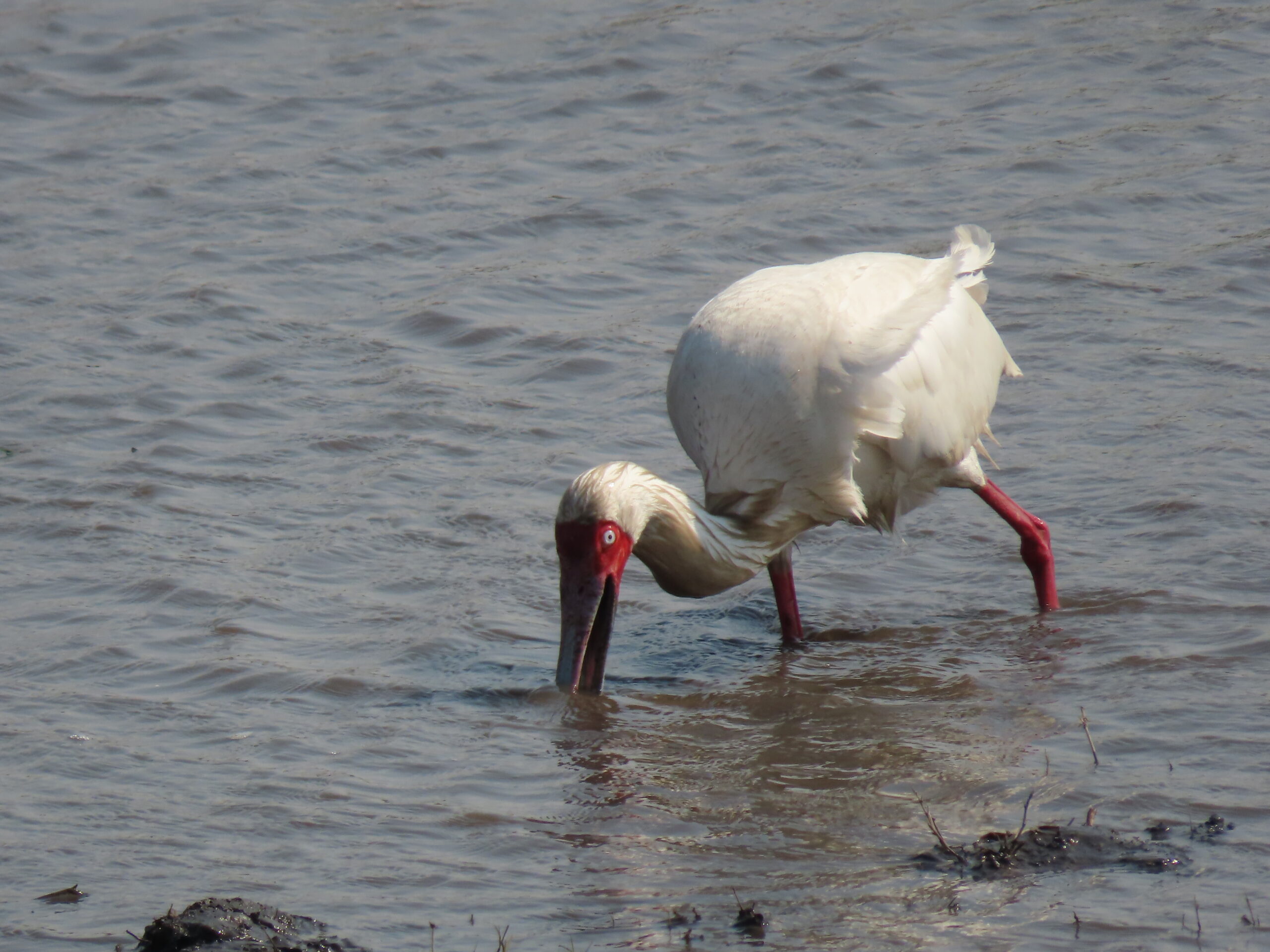
Sleeping was tricky and I didn’t sleep more than five or six hours each night. Last night, being back in Marloth Park and the comfy, familiar bed and pillow, I slept for 7 hours and 36 minutes, according to my Fitbit. I still awoke with the headache but at least felt rested enough to tackle all the laundry.
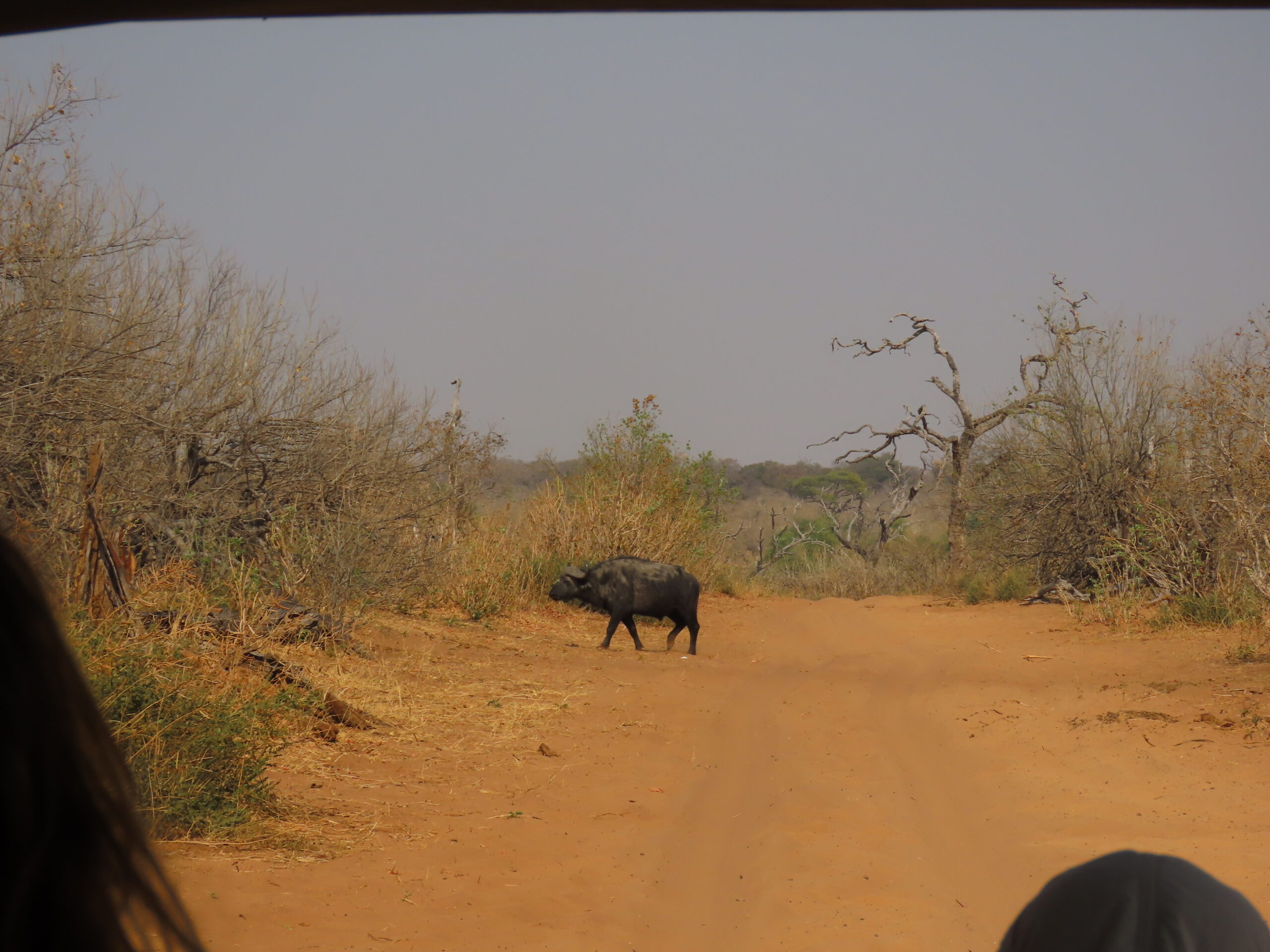
When we arrived at the house on Saturday evening, we both quickly unpacked, knowing we wouldn’t feel like unpacking when we got home from Jabula. We were glad we’d decided to go to dinner at our favorite place. We were welcomed with open arms and had a great time chatting with Leon, David, and various other diners. Of course, the food was delicious, as always.
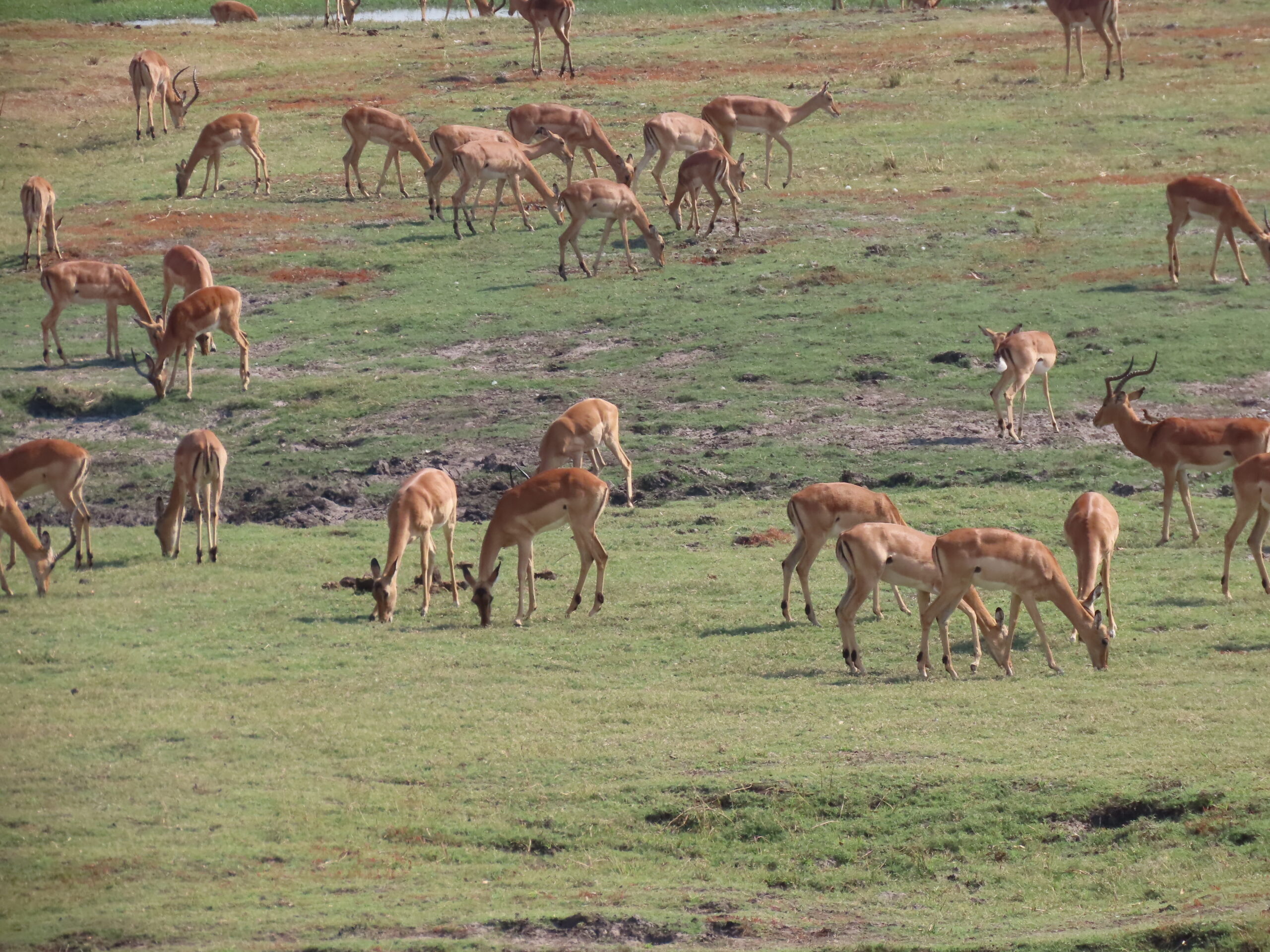
By 9:00 pm, we were back at the house and ready to hunker down, watch another episode of The Blacklist and get the good night’s sleep we both needed. I told Tom to awaken me in the morning if any of our “regulars” showed up in the garden.
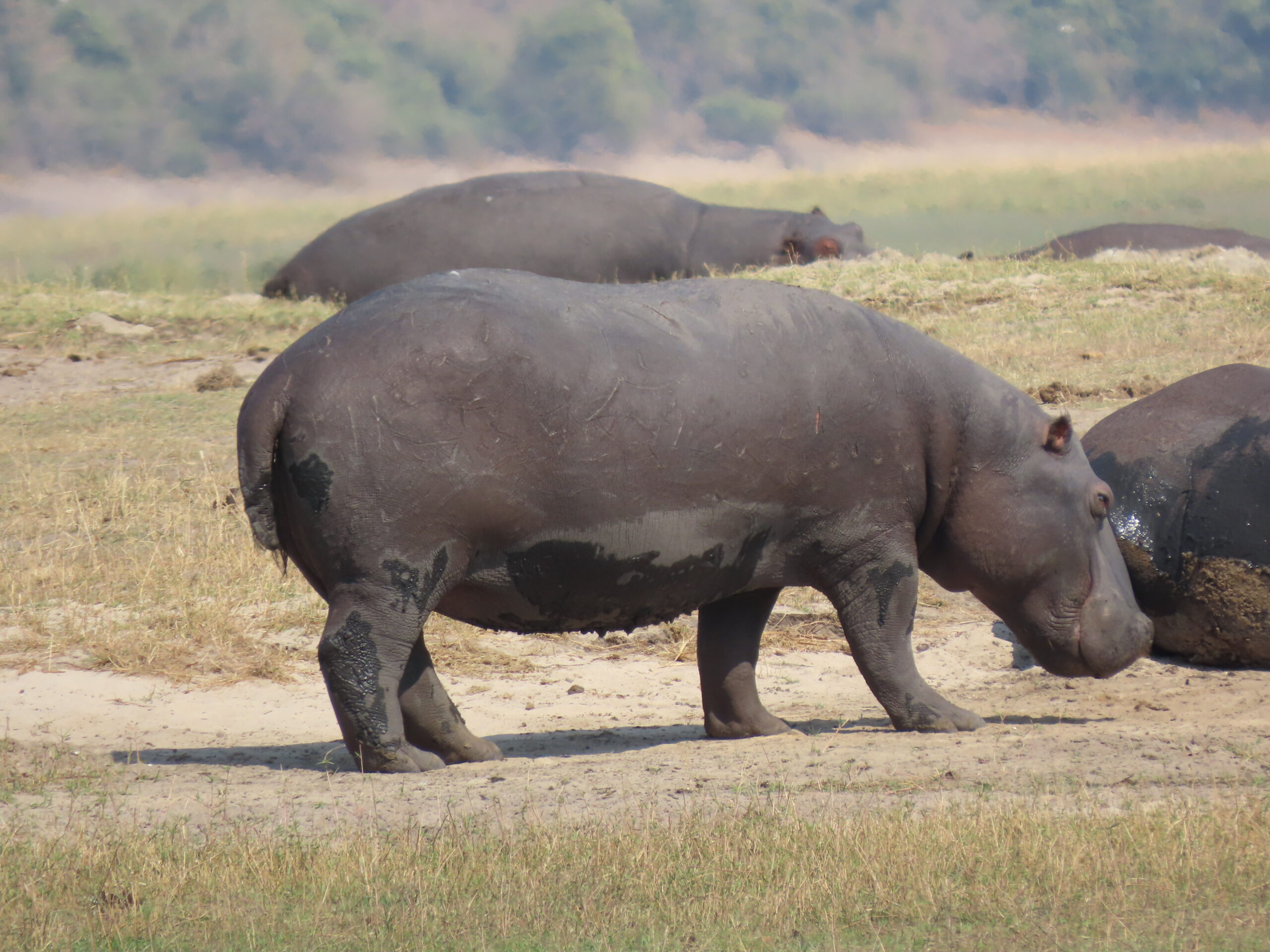
By 7:00 am, Tom returned to the bedroom to tell me about Gordy, Tulip, and Lilac, and my favorites, Norman, Nina, and Noah. If animals can show enthusiasm to see us, that’s precisely what they did. Norman had visited us three times by noon, as did his “wife” and son. What a joy it’s been to see them again here this morning before we head to town.
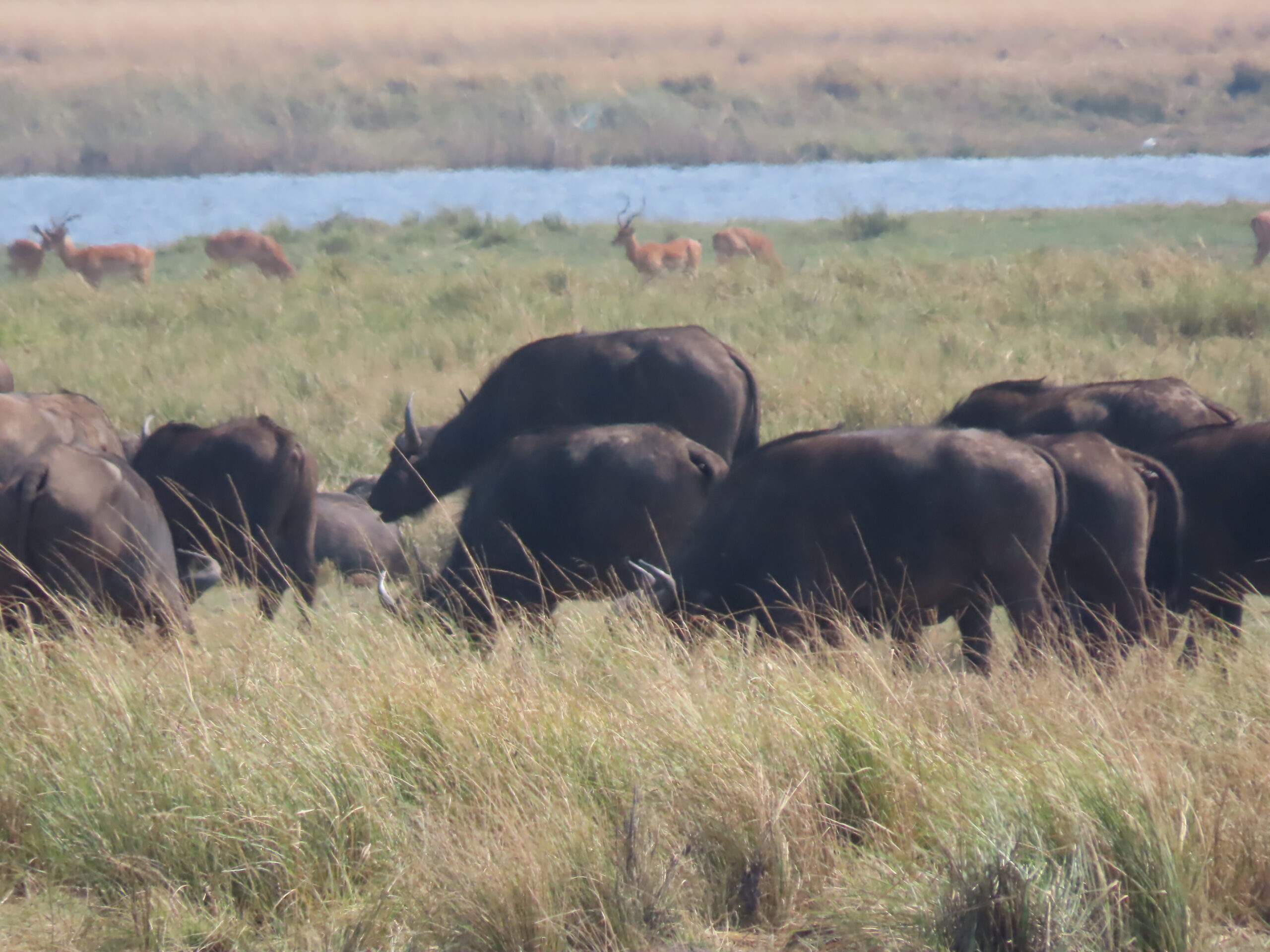
We were happy to see our new washing machine was installed and ready to be used. Sunday morning, for the first time since we arrived at this house on May 24, I could do three loads of laundry without delays and for the cleanest socks and other white items we’ve seen in months.
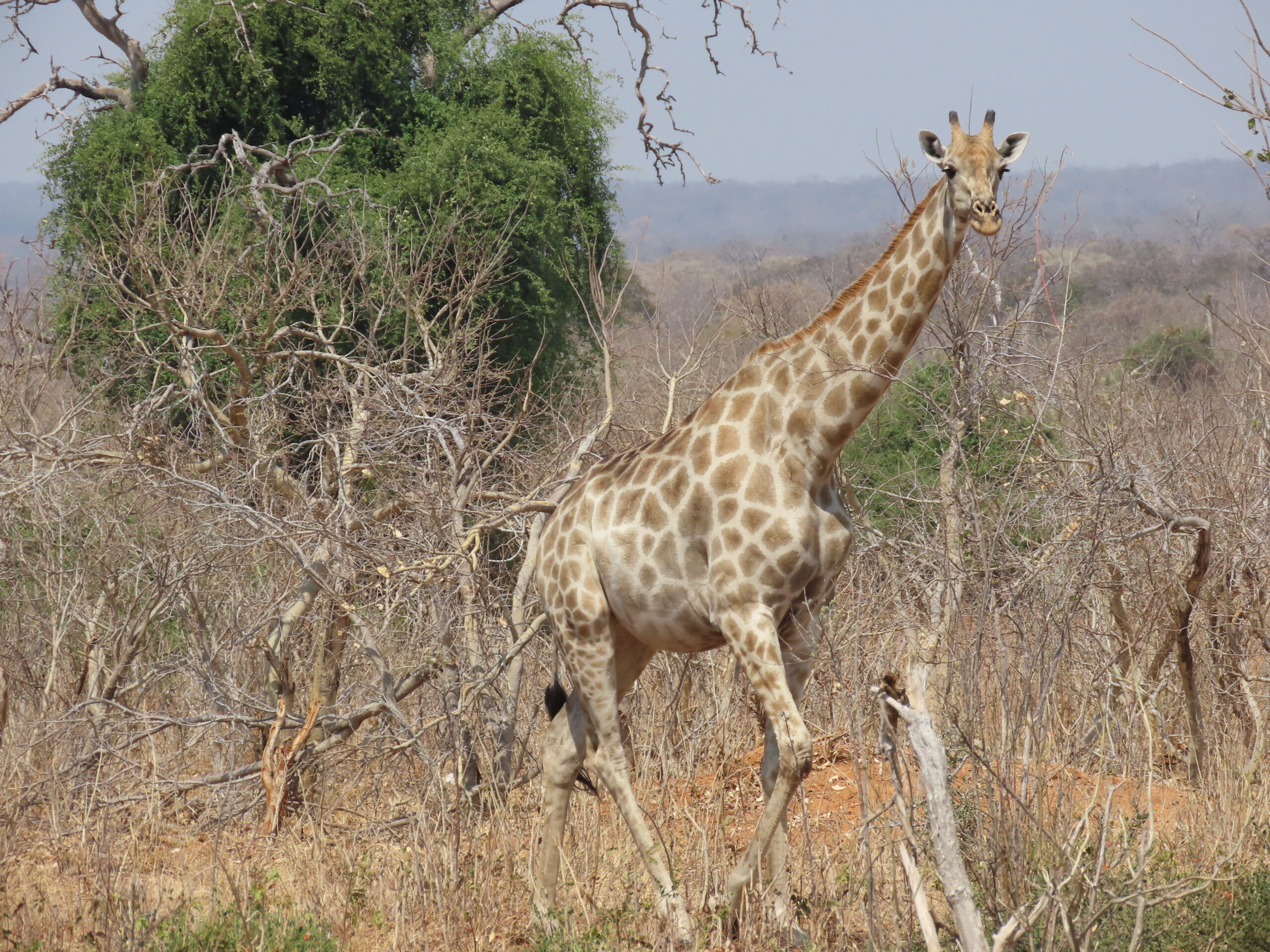
The sun came out for a little while, long enough for the clothes to dry so we wouldn’t have to haul the clothes rack indoors for the night. On Saturday night, we took out the chicken stir fry from the freezer to defrost in the refrigerator overnight so Sunday’s dinner would be a breeze. I made a coleslaw salad and prepped the rice for Tom. Dinner was easy.
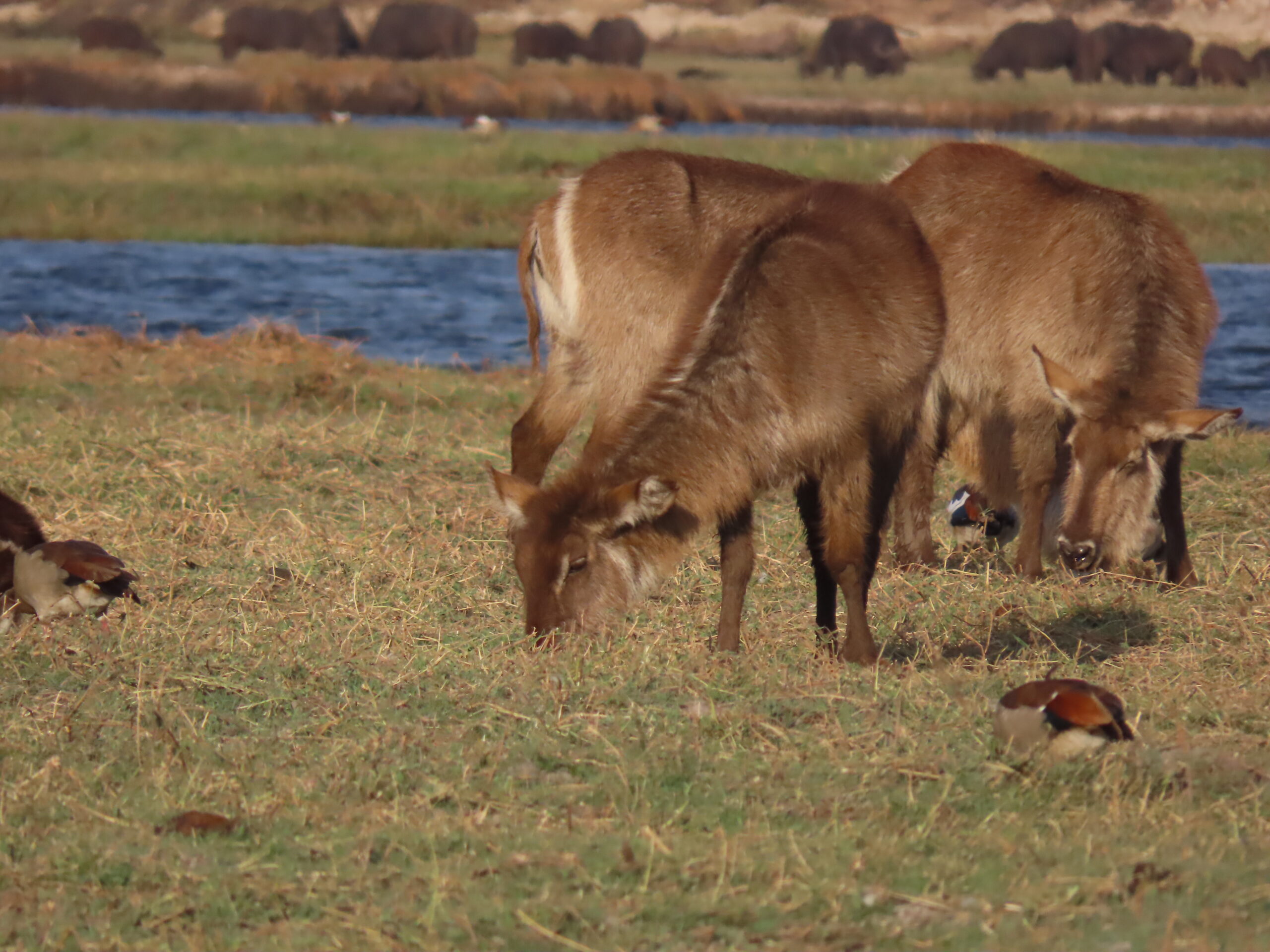
This morning we’re on our way to my appointment with Doc Theo, and then we will shop for groceries after a trip to the pharmacy if Doc gives me a prescription or two. When we return to the house, I’ll make a big salad to bring to Marylin and Gary’s for the dinner party for seven. We’ll season our steaks for the braai at their holiday home and be on our way shortly before 4:00 pm, 1600 hrs.
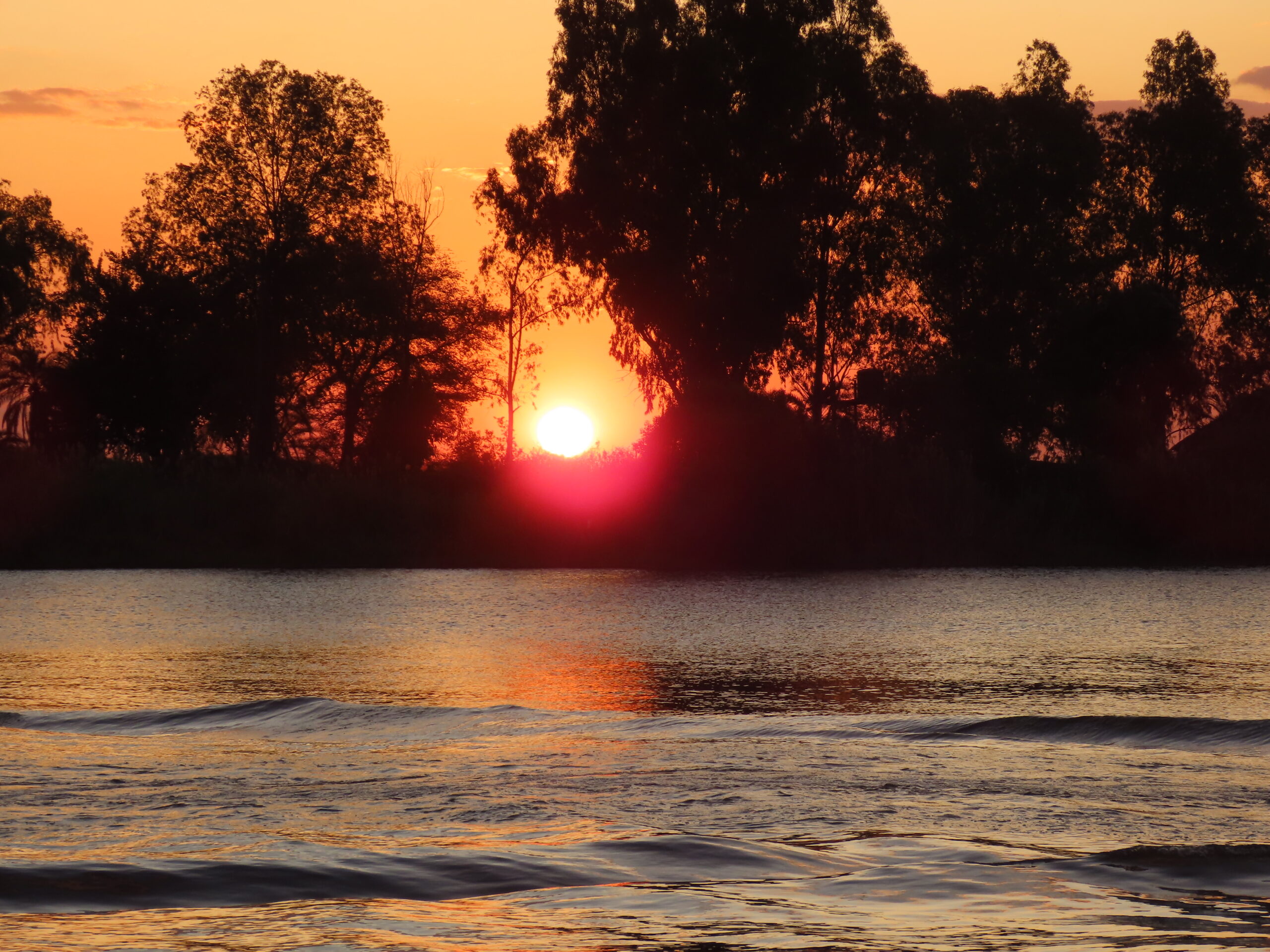
I will post what Doc Theo suggested for my head and face pain tomorrow. Hopefully, soon this discomfort I’ve had in my head and face since Covid-19 in April will go away. Fingers crossed.
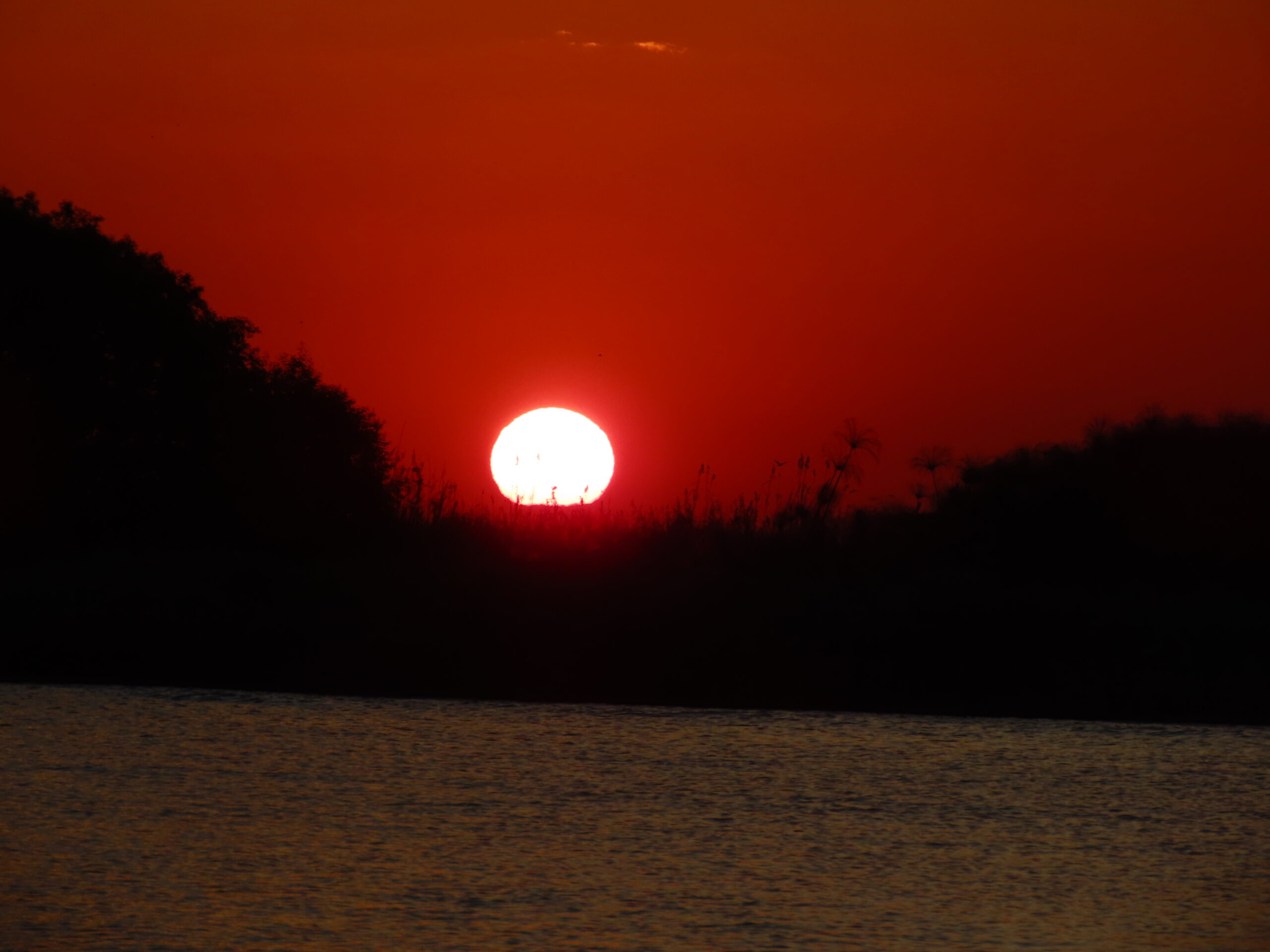
Here are more photos from our trip to Botswana and Zambia. Soon, we’ll begin posting local photos once again. Tomorrow, we’ll explain our current immigration issues.
Be well.
Photo from one year ago today, August 29, 2021:
